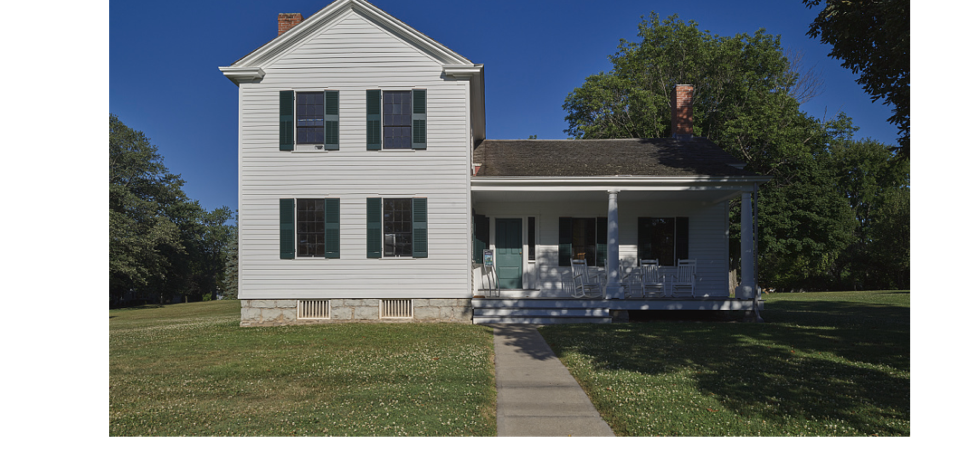Blog Post #1
By: Maria Smith
Hi everyone!
As a mini-introduction, I’m Maria and I’m an anthropology doctoral candidate at Syracuse University. My dissertation examines the contributions poor, rural, indigenous textile producers made to notions of colonial identity via their occupational contributions to the colonial aesthetic in Colonial Peru. Due to the use of clothing to identify casta (caste) within the colonial social hierarchy, the aesthetic of the cloth was very important, which placed textile producers in positions of high, yet undervalued, importance.
My dissertation topic stems from my interest in women’s and children’s history, which is why I was so excited to be the Women’s Rights National Historical Park’s (WORI) 19th Amendment CRDIP Intern. Located in Seneca Falls, NY, WORI commemorates the early struggle for women’s rights, particularly the 1848 Woman’s Rights Convention. The 1848 Woman’s Rights Convention was the first of its kind in the United States and is where Elizabeth Cady Stanton first rose to national prominence for women’s rights.
As the WORI 19th Amendment CRDIP Intern, I’m excited to be compiling a storymap about the five organizers of the 1848 Woman’s Rights Convention (Jane Hunt, Elizabeth Cady Stanton, Mary Ann M’Clintock, Martha C. Wright, and Lucretia Mott) and the Convention itself. Additionally, in celebration of WORI’s 40th Anniversary as a National Park I will be conducting several oral histories related to both the Convention and WORI. Stay tuned for my next blog post which will document my first oral history with Judy Hart, WORI’s first superintendent.

The Elizabeth Cady Stanton home, now part of WORI (source: https://www.loc.gov/resource/highsm.52146/)
I am already knee-deep in data of the 1848 Convention and WORI history. As I begin conducting oral histories, I will use the data collected about WORI history to guide my interviews. Although I prefer interviewee led oral histories, which allow the interviewee to share their stories in their own way, I always like to have some background knowledge and prepared questions to guide the oral history. Similarly, I will use the 1848 data to guide my storymap. Although it’s difficult to narrow down, because there are SO MANY wonderful stories that could be told, I have to limit the amount of information in the storymap. Very few- if any- people want to read through a never-ending storymap! So, my next challenge will be to wade through the information and to weed out what data I want to add and what can wait to be told in another storymap.
A Vignette (or Short Story) of Elizabeth Cady Stanton
In any discussion about Elizabeth Cady Stanton we need to acknowledge that she was both a trailblazer in the women’s rights movement and a racist, classist, and problematic human being (if you’re interested in learning more please watch this wonderful lecture: https://www.c-span.org/video/?469602-2/suffragist-elizabeth-cady-stanton-race). One of my favorite stories that I’ve found during my research is Stanton’s childhood introduction into the struggles that women faced in the 19th Century. As the daughter of a prominent judge, Stanton often heard women pleading with her father to help protect them from their husbands. For example, their husbands were drunks who would gamble away all of their money and then come home and beat her. However, each time her father had to turn them away, because legally there was nothing that he could do to help them. Stanton was fed up with her father’s inability to help women because the laws written in his books. So, she snuck into his office one day with the intent of tearing up all of the pages in his law books that unfairly protected husbands and harmed women. Her father caught her and explained that wasn’t the way that one changed a law and told her that if she wanted to do something about it, it would be very difficult, but she would need to become politically active. Stanton took her father’s advice and was one of the most outspoken, political activists of her time.

Stanton and her daughter Harriot 1856 (source: https://www.loc.gov/resource/cph.3a49096/)

Wood engraving of Stanton in Bloomer Costume 1851 (source: https://www.loc.gov/item/2006683457/)
In my next blog, I’ll discuss my oral history with NPS legend and WORI’s first superintendent, Judy Hart, share a progress report on the storymap, and provide a vignette about Lucretia Mott!
Thanks for reading!
